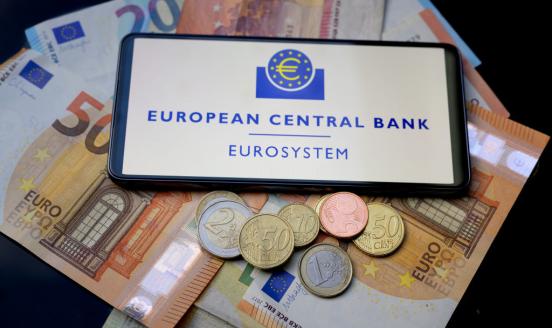The US and euro area must move faster on their digital currencies for wholesale purposes
Central bank digital currencies (CBDCs) are becoming a reality around the world, with more than 110 countries now exploring ‘digital cash’. Of the G20 economies, 18 are beyond the research stage and into either the development or pilot stage. Standards are being set on privacy, cybersecurity and combating illicit finance. Thus, any jurisdiction wanting to contribute to such standards needs to understand the complex trade-offs involved in creating a CBDC and be an active participant in global cross-border testing.
The United States and the euro area are still at the relatively early stages. So far in 2023, the US has not advanced in its thinking on what a retail digital dollar would or should look like. Political rancour over the issue, including speeches from presidential candidate Ron DeSantis, have frozen policymakers in Washington.
That doesn’t mean there is no progress. The New York Federal Reserve is engaged in cross-border testing of bank-to-bank digital currency, known as wholesale CBDCs. They have shown that near instant settlement between banks across borders is possible. For those concerned by competition with China, such cross-border application of CBDCs (and how they can be used to bypass the dollar and euro) should be the primary concern.
The euro area meanwhile has advanced significantly its thinking on how a digital euro should be designed to serve consumers best; the European Central Bank is on the cusp of introducing a full pilot later this year. But the ECB has paid less attention to the cross-border issue, even though it is arguably more important for the international role of the euro.
There is thus work to do on both sides of the Atlantic. Across the G20, there’s broad agreement on the need to improve cross-border payment systems. So, it makes sense to focus efforts on that in the near term while governments decide individually whether a retail digital currency makes sense for them.
Increasing flows
The global settlement system has not evolved to cater to the increased volumes of financial flows brought about by globalisation. Cross-border payments, primarily dollar-based, currently rely on a few correspondent banks and are slow and inefficient. In 2022 businesses transferred approximately $23.5 trillion across borders at a cost of over $120 billion to process the transactions. Wholesale payments with CBDCs (and upgrades to traditional systems) promise substantial savings in time and costs. Every country stands to benefit from quicker and cheaper economic transactions.
Cross-border digital currency payments could change the financial system. Testing involving China, the United Arab Emirates, Hong Kong and Thailand has shown it will soon be possible to transfer large sums across borders without using the dollar as an intermediary. Any two currencies would be able to settle within seconds, and potentially draw on a network of other non-dollar and euro currencies to provide liquidity.
This will be nothing short of a revolution compared to the current system. Even if the dollar (and to a lesser extent the euro) remains attractive for pricing because it is both strong and stable, its settlement infrastructure may be needed far less than now. The dollar and the euro could see declines in their global appeal for trade and in their ability to enforce sanctions. In other words, both the US and the euro area have a lot to lose.
Active participation
It is therefore crucial for the two jurisdictions to be active participants while this transformation takes place. It is not a question of stopping countries from developing CBDCs or alternative payment networks. This would be both impossible and undesirable. But while a new system is being created, early adopters get to set the standards and arguably have a better chance of protecting what is strategically relevant to them. The incumbent advantages of the dollar and euro mean that if the two jurisdictions can coordinate quickly, they could develop a new international standard the rest of the world would want to adopt. Without that leadership, more financial fragmentation is the most likely outcome.
Standard-setting would involve many hurdles, including recognition of legal structures, dealing with counterparty risk and developing systems that are safe from cyberattacks. But sanctions imposed on Russia since its invasion of Ukraine have forced many countries that wanted to continue trading with Russia to look for alternatives. It is no coincidence that the number of countries interested in bank-to-bank CBDCs has doubled since the invasion. For the US and the EU, it would be a strategic mistake to let others lead in these advancements.



